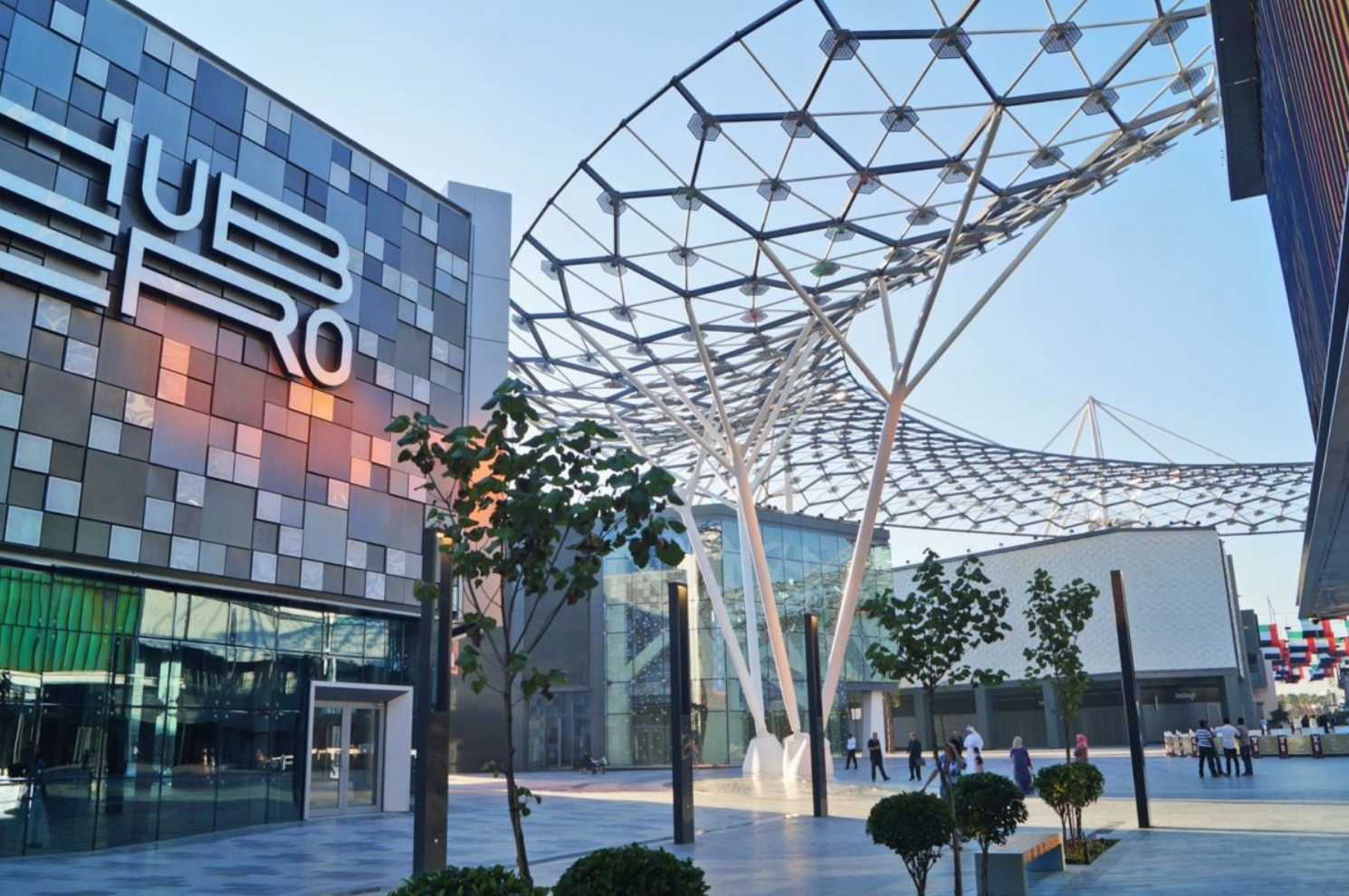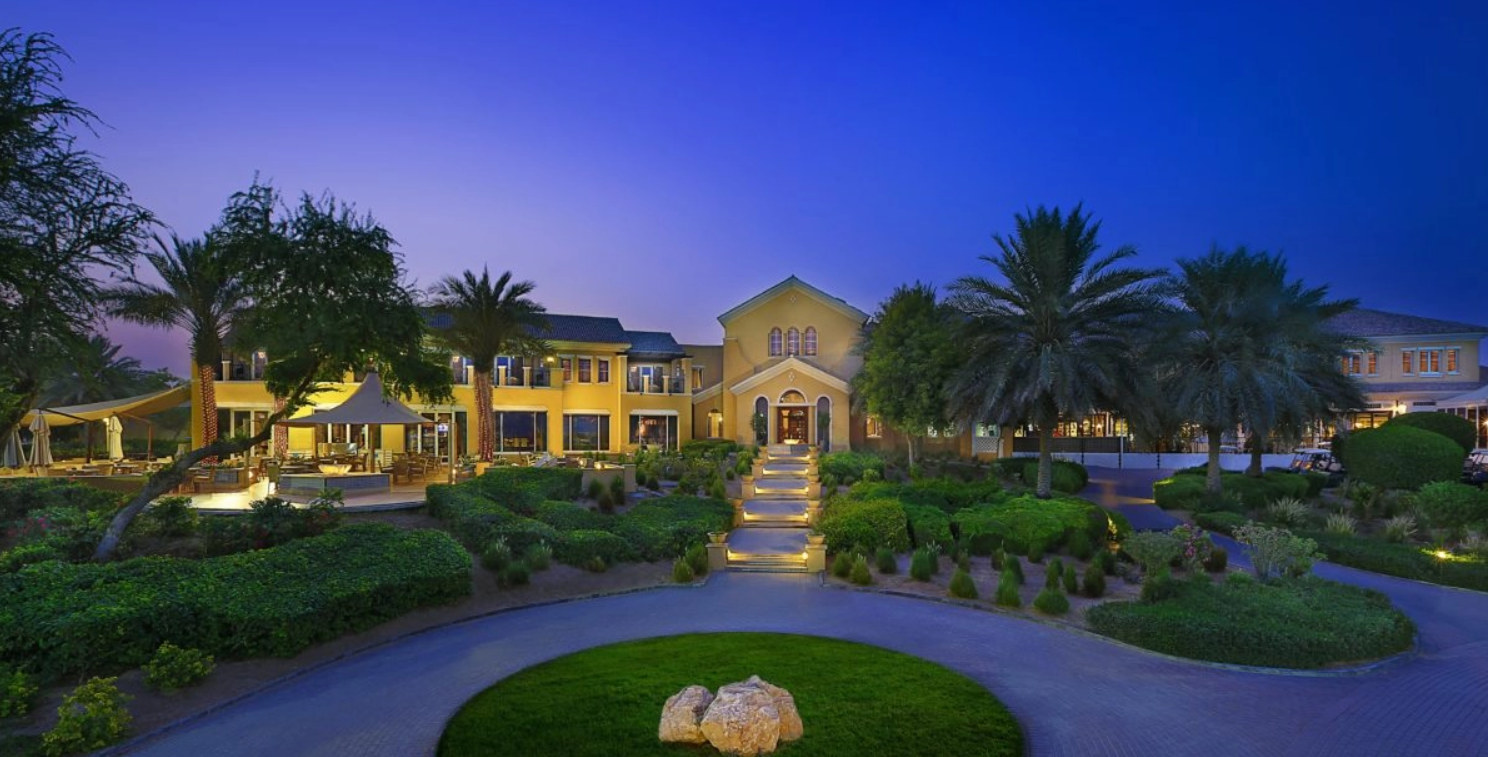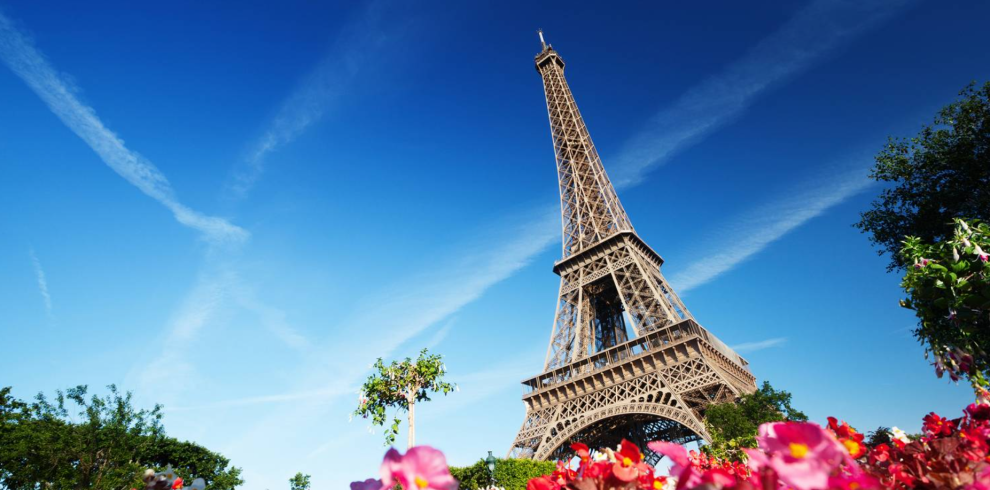There is a land where myths and legends rule, and where enchanting music fills the air while good spirits warm your heart. That place is Ireland – a country that looks unchanged from hundreds of years past, almost as if it were too precious to be disturbed by time or modern developments. Unmistakably, Ireland has its own charm (luck of the Irish, perhaps?) that will cast a spell over you.
The Highlights

Dublin
Imposing architecture and cobbles aside, Ireland’s capital is not ‘traditionally pretty’, but what it lacks in elegance, it makes up for in energy with its friendly faces, historic pub haunts and of course, Guinness where you can drink your weight in stout at the Storehouse. Watch the buskers on Grafton Street, see the Book of Kells at Trinity College and visit the eerie Kilmainham Gaol.
Wild Atlantic Way
The Cliffs of Moher and the Ring of Kerry aren’t the only attractions along Ireland’s West Coast. Go on the 2,500-kilometre drive that takes you from Cork in the south to Donegal in the north. Carve out a bit of time as there’s much to see between the tombs of Haven Coast and the untamed beauty of the Northern Headlands including Galway Bay, Sligo’s surf breaks and Doolin’s music-doused streets.
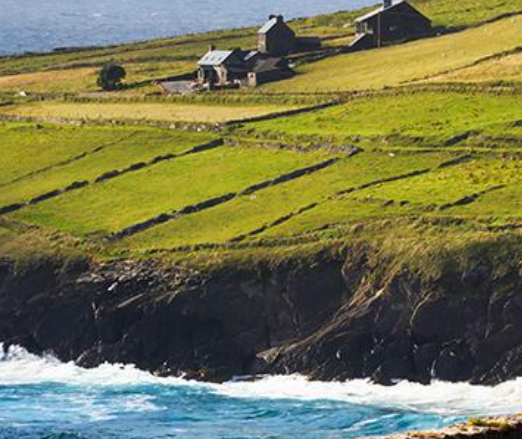

Wicklow Mountains National Park
It’s hard not to fall deeply in love with the Wicklow Mountains, known to many as the Garden of Ireland. In this national park south of Dublin, verdant rolling hills hide early medieval sites and grand estates as well as blanket bogs, heather fields and scenic lakes. There’s much to do here: hike to thundering peaks, visit waterfalls, explore the Glendalough Monastic Site and take on Wicklow Way.
Galway
While Dublin has a brutish quality to it, Galway boasts a bohemian vibe. Riotous colours and textures festoon this charming city along Galway Bay’s northern coast, and it’s a treat for the senses. Take it all in – the busker music, the cobblestone lanes, the contemporary flair that blends well with its medieval past, and of course, the oysters. Afterwards, sail to Aran Islands where ruins await.

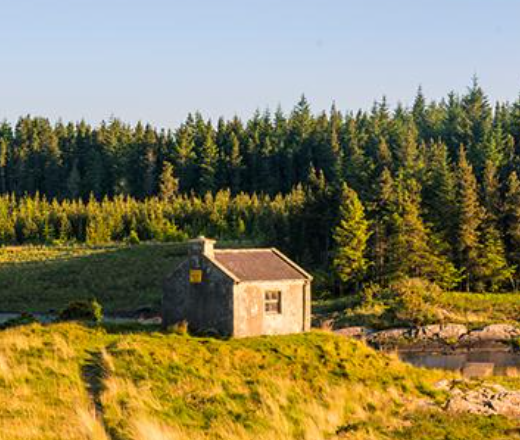
Connemara National Park
From Galway, travel west to Connemara National Park. It’s arguably Ireland’s finest national park, what with its white sand beaches, quartzite peaks and spectacular views. There’s much to see, so it is best to allow a few days and to explore on foot. Among your must hikes are the Twelve Bens, Mám Éan, the Tully Mountain and the summit of Errisbeg. Then reward yourself with a pint in Letterfrack.
Burren
It’s easy to underestimate the rest of Burren when the Cliffs of Moher essentially draw the most traffic. But give it a chance and it might just impress you. This region is peppered with megalithic tombs and medieval structures and surreal, limestone karst that make it seem like you’re walking on the surface of the moon. Keep an eye out for faerie houses, seek out a holy well, and visit a cave.
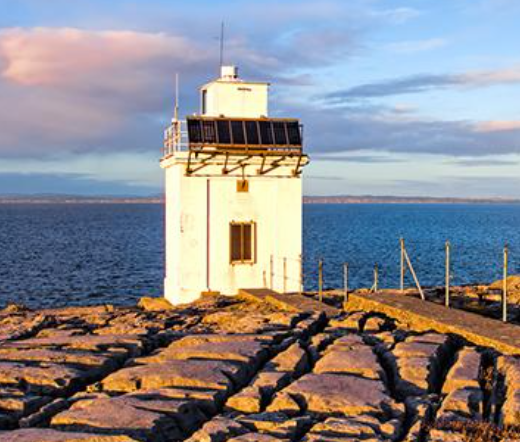
Contact Klub Advisor for personalised travel offers, dates, prices & payment options. Find out the latest travel requirements for your trip. Send your enquiry via the form below. If you’re club member, click on the icon in the right-hand corner and write to WhatsApp to start a discussion.
The Location
Ireland is a country northwest of mainland Europe, sharing the island with Northern Ireland. A non-stop flight from New York is 6h 45m. From London, a non-stop flight is 1h 20m.
Capital City
Bustling Dublin, located on Ireland’s east coast, serves as its capital city and is home to a third of the country’s population.
Main Airport
Dublin Airport is the main hub for domestic and international travellers. It is located 13 kilometres north of the Dublin’s city centre. CODE: DUB; CLOSEST CITY: DUBLIN.
Language Spoken
The official languages of Ireland are Irish and English.
Currency
Ireland uses the Euro. The currency code is EUR. ATMs are widely available and credit cards are widely used and accepted.
Visas
For Australian, Canadian and US citizens, no prior visa is required and will be issued for free upon arrival, however, a Schengen visa is not valid for Ireland. UK citizens can enter with just a national identity card and stay as long as they like.
Electricity
The electrical current in Ireland is 230V/50hz. The country uses two round pin UK type F plugs. Before your trip, find out if your appliances require an adaptor and a voltage converter.
Vaccinations
Hepatitis A and B vaccinations are advised, but not compulsory. Consult your doctor 4 to 6 weeks before you depart.
Emergency Calls
The phone number to call in case of emergency is 999 for the police, ambulance and fire.
When to Visit
Peak Season
JUNE TO AUGUST
Ireland’s busiest months are also when the country is at its most beautiful. The weather is warm, the days are long, the skies blue and the landscapes are lush. Unfortunately, it’s also when everything is at its most expensive, and you’ll have to pay an arm and a leg for almost everything. If you’ve got the funds and can forgive the endless stream of foot traffic, then it’s an absolute must. Otherwise, opt to travel in the spring or autumn when you’ll get a bit of everything: good weather, better rates and fewer crowds. Plus, there are a few amazing celebrations to partake in including St. Patrick’s Day in March.
Low Season
NOVEMBER; JANUARY TO FEBRUARY
If not for the fact that many establishments in the rural areas close for the winter, which is brutally cold and windy, the whole country would make for a great destination year round. In the wintertime, the rest of country is at its most dreary – except for December, of course, when everything lights up to celebrate the festive season. Still, there’s much to do in the cities in the wintertime, and even in the countryside, there’s that serenity and intimacy you probably won’t get in the summer months. If you prefer a more melancholic weather anyway, then it’s perfect. If not, take comfort in the fact that you’ll be scoring great bargains.


